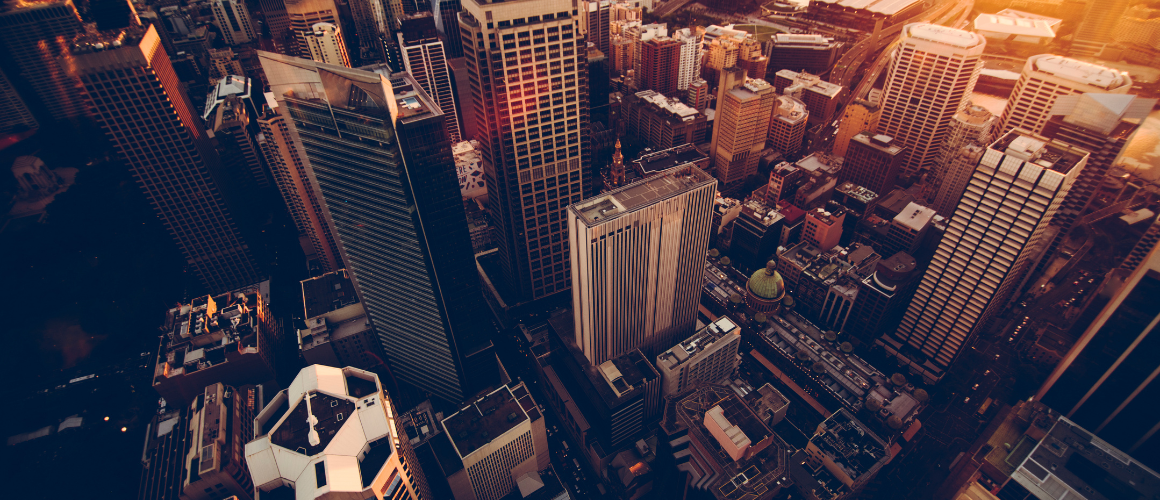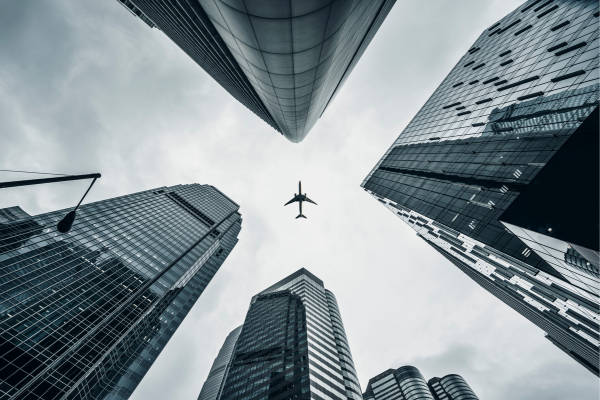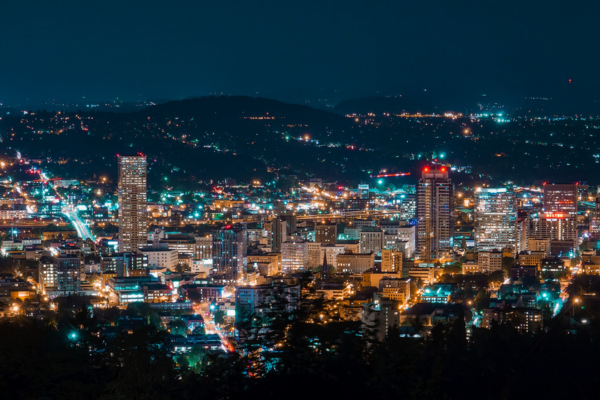
Green Giants: How High-Rises are Shaping Sustainable Cities
Imagine a world where cities reach the skies, where buildings touch the clouds. That's the world of high-rises, the giants of architecture. A long time ago, the first skyscraper changed how we saw our cities. Since then, these towering structures have become symbols of progress, of reaching for the stars. Today, as more of us call the city our home, these giants aren't just about touching the sky; they're about making space for us all, right where space is tightest.
In this journey into the future of architecture, we'll explore why towering buildings are more than just tall; they're the answer to our crowded cities. They're where sustainability meets the sky, where innovation builds upwards, and where living high is about more than just the view. It's about smart, green, and together — high up there, where the future lives. So, let's start this climb, one floor at a time, into the world of high-rises. A world where architecture doesn't just build buildings; it builds the future.
As cities get busier and space becomes a luxury, high-rise buildings are stepping in as a smart solution. Think of it like this: when the ground gets crowded, the only way to go is up. These tall buildings offer a way to fit more people, homes, and offices into a small slice of land. It's like stacking layers on a cake — each layer adds more without spreading out.
High-rises aren't just about fitting more people in; they're about making life in the city better. They help keep parks and open spaces free by not spreading out too much. They're like magic towers that give us room to breathe, live, and work, all while keeping the city's heart beating strong. In a world where more of us are living in cities than ever before, these skyscrapers are the keys to a future where everyone fits, and cities are places of possibility, not overcrowding. It's not just about building up; it's about living up to our dreams of a city that works for everyone.
High-rises are going green, and it's not just about the color. Imagine buildings that breathe, that sip sunlight, and dance with the wind. These are not your typical concrete jungles; they're more like vertical forests in the heart of the city. High-rises today are being designed with the planet in mind. They're packed with plants, powered by the sun, and cleverly catch rainwater to reuse. It's all about making big buildings friends with nature, not foes.
These green giants are smart, too. They know how to keep cool without always running the air conditioning and get warm without cranking up the heat. They use materials that don't hurt the earth and make sure animals like birds can stay safe around them. This new breed of skyscrapers shows us that living high doesn't mean living hard on the planet. They're proof that even in the sky, we can stay grounded in our commitment to the earth. As cities grow, these green high-rises are leading the way, showing us that the future of living big is also about living green. It's a future where our highest peaks are also our greenest.

Today's high-rises are not just buildings; they're smart tech hubs standing tall. With technology, these structures are transforming into living, breathing entities that understand and react to the needs of those living and working within them. Imagine walking into a building that knows your favorite floor or adjusts the light and temperature just how you like it. That's the magic of tech in architecture today.
We're seeing buildings put together with giant LEGO-like blocks, all made in a factory and snapped together on-site. This isn't just fast; it's super smart. It cuts down on the mess and noise at construction sites and makes building safer and cleaner. Then there's the role of computers in design. Architects now use powerful software to create buildings that are not only stunning but also strong and safe in ways we never thought possible.
Tech is making high-rises greener, too. With systems to recycle water, harness wind, and catch the sun's power, these buildings are like mini power plants. They're not just places to live or work; they're leading the charge in how we think about living responsibly on our planet. So, the next time you look up at a skyscraper, remember, it's not just a building. It's the future.
The high-rise of the future is where you'll want to live and work, not just because it's in the sky, but because it's designed around you. Imagine stepping into a building that feels like a community, not just a collection of floors. Here, your apartment isn't just a place to sleep; it's part of a larger world. Downstairs, there's a garden where you can relax, a cafe where your coffee is known before you order, and shared spaces where working feels more like collaborating with friends.
These future towers are built on the idea that life doesn't fit neatly into boxes labeled 'home' and 'office.' They blend spaces together, so you can live, work, and play without the walls that used to separate each part of your day. Need to step away from your desk? Take a yoga class a few floors up, then head back refreshed. And it's all eco-friendly, with green walls cleaning the air and solar panels powering your day.
It's a place where technology makes life smoother, handling the little things so you can focus on what's important. This is the high-rise of the future: a place that understands you, supports your lifestyle, and brings a bit of the sky down to earth. It's not just living high; it's living high with purpose.
Skyscrapers aren't just about scraping skies; they touch lives and the planet in big ways. Think of them like giants in a city. They can be friends, offering us places to live and work up high, saving ground space for parks and playgrounds. But they can also be a bit clumsy, accidentally harming birds that can't see the clear glass or making the city hotter by trapping heat.
People are getting smart about this, though. They're designing buildings that are kinder to birds, with special glass that they can see. And they're turning rooftops into gardens, helping the city breathe easier and not get so hot. These giants are learning to tread lightly, making sure they give back to the city and its critters as much as they take.

Living in a skyscraper or working in one means being part of a bigger story. It's about being up in the clouds but still deeply rooted in the ground — in the community and the natural world. It's a balance, making sure these tall buildings make life better, not just for the people in them but for everyone around them.
Around the world, high-rises are not just buildings; they're beacons of innovation. Take the Bosco Verticale in Milan, Italy, for example. It's a pair of residential towers that don't just reach for the sky; they bring the forest with them, covered in thousands of plants and trees. This green approach helps clean the air, offering a fresh breath in the middle of the city.
Then, there's the Shanghai Tower in China, twisting towards the clouds. It's designed to withstand typhoon winds, all while being one of the most sustainable skyscrapers out there. Its spiral shape doesn't just make a statement; it cuts through the air, reducing wind pressure on the building.
These examples show us how high-rises across the globe are not just about height; they're about smart, sustainable living. They prove that skyscrapers can be good neighbors, both to the people living in them and the environment around them.
Building high-rises comes with its set of puzzles and pushbacks. Some folks worry they'll block out the sun or spoil the view, changing the feel of neighborhoods cherished for their low-rise charm. There's also the matter of birds, which can have a hard time spotting all that glass and end up flying into it. And, let's not forget the debates over whether these giants strain local resources like water and roads or push up living costs, making it tough for everyone to afford a spot in the city.
But it's not all trouble in paradise. These challenges are sparking conversations about how to do high-rises right. Architects and city planners are getting creative, finding ways to design buildings that fit snugly into their neighborhoods, help our feathery friends steer clear, and make sure there's enough go-around for resources. It's about building not just up, but smart — making sure those towers in the sky are something everyone can look up to, not just in awe, but in appreciation too.
As we've seen, the future of architecture reaching into the skies is not just about tall tales but about smart, sustainable living spaces that bring us together, higher up. High-rises are more than structures; they're solutions for tomorrow's cities, blending technology, greenery, and community. Together, they paint a picture of a future where we live among the clouds, responsibly and joyfully.